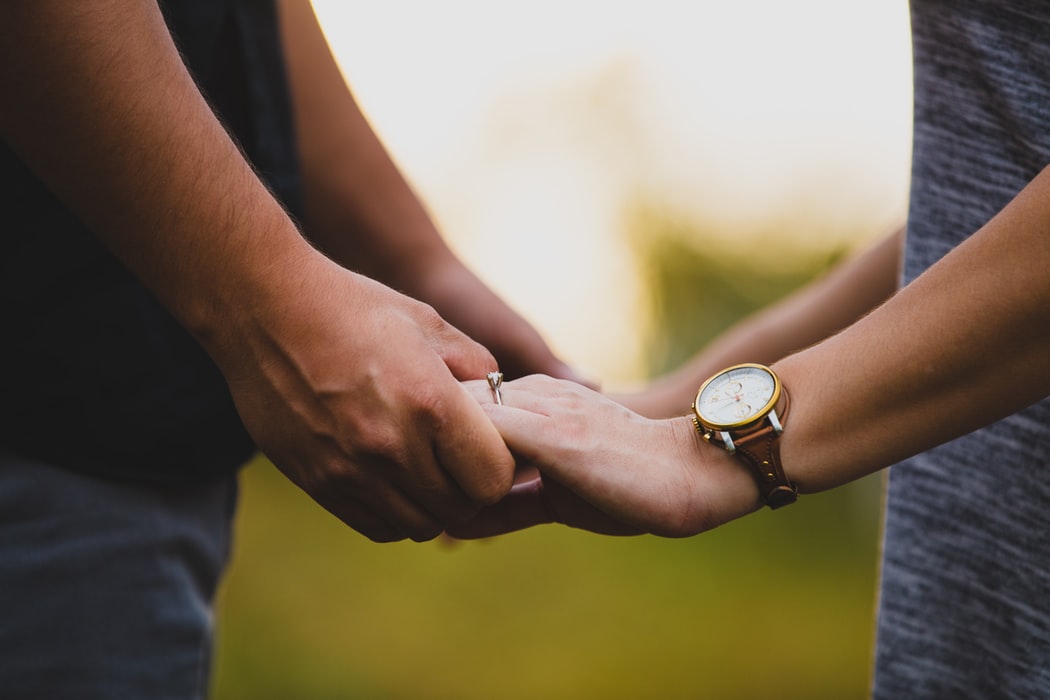
You’ve met your forever partner! Now it’s time to propose and with so many engagement rings to choose from it can be a bit overwhelming, especially if you have no idea what style they would prefer.
At Vandenbergs Fine Jewellery, we understand how important this moment is in your life, you want to make sure everything is done right. Our expert team is here to guide you every step of the way making the process fun and relaxing. Here’s a how-to when it comes to choosing the right ring.
Learn More about Your Partner’s Tastes
By now you know your partner very well, but depending on the person, it can be difficult to know their tastes when it comes to jewellery. While some people love jewellery and wear it all the time, others may wear only a few pieces or none. You could ask some subtle questions about their preference or enlist the help of friends and family. If you can, it is beneficial to figure out your partner’s ring size.
Set a Budget
Set a budget that is comfortable for you. We will work within any budget and help you pick a style from a huge selection of rings without having to sacrifice on quality.
Knowing a bit about the 4 C’s of diamonds is also beneficial when engagement ring shopping. Cut, Carat Weight, Clarity, and Colour is how a diamond is graded and valued.
Carat Weight: Is the measurement of how much a diamond weighs. The heavier the diamond, the more carats it will have. For instance, a “1-carat” diamond is equal to 100 carats. A “half carat” diamond is equal to .50 carats.
Clarity: All diamonds have naturally occurring birthmarks called inclusions. The degree of inclusions in a diamond will greatly affect the value.
Colour: The colour-grading scale for diamonds begins at D (colourless) and ends at Z (light yellow). All diamonds within this scale are considered white. What you may not know is diamonds come in different colours, like natural pink, yellow and blue.
Cut: Cut doesn’t actually refer to the shape of a diamond, but to a diamond's proportions, symmetry and polish. ... If you imagine a room of mirrors, all reflecting perfectly. Move one mirror slightly and that perfect reflection will be affected. This is the same with a diamond, cut one facet to the wrong degree and the diamond won’t have the same brilliance as an excellent cut diamond.
Diamond Shapes
Now that you know more about the vital four Cs, let’s go over some of the different kinds of shapes (not to be confused with ‘cut’) that diamonds are found.
Round: Considered a timeless and classic shape, the round is the most popular choice for engagement rings. A round diamond can be set either as a solitaire or enhanced with a halo of additional diamonds.
Oval: The oval’s elongated shape creates an illusion of length and is best suited for small hands and/or short fingers.
Princess: Princess cut is the second most popular choice for both men and women. From above, the diamond looks like it’s in the shape of a square or rectangle, and from the side, it looks like an inverted pyramid with four bevelled sides.
Cushion: Is a soft square or squarish-rectangle in shape. with rounded edges and larger facets to increase their brilliance. Cushion shapes aren't usually cut in smaller size stones.
Emerald: The emerald shape was first used in the 1920s and remains popular today. The name comes from the fact that the shape is primarily used with emeralds. While perhaps not as brilliant as some other shapes, the long lines create a stunning look.

Pear: This shape resembles a teardrop and is very popular in pendants and earrings. You can find pear shapes with a fat bottom or ones that are more elongated – it all depends on the wearer's preference. Pear cut engagement rings are beauties whether alone or complemented by additional gemstones.
Setting Type
Setting type refers to the way the stone will sit on the band. There is a number to choose from here are a few of the most common styles:
4 or 6 Claw Setting: A classic look where the diamond can sit high above the band.
Bezel Setting: Great for people with active lifestyles, a bezel ring includes a rim that goes all the way or half way around the diamond, securing it in place. It sits only slightly above the band.
Channel Setting: Diamonds are set directly into a channel formed of 2 metal strips.
Pavé Setting: A diamond that is accented by smaller diamonds clustered closely together.
Metal Type
What kind of metal will you want the ring created in? 10 karat gold, 14 karats or maybe Platinum. What colour of metal? Yellow gold (a classic), rose gold (has been used for centuries), or white gold? Why not a combination of colours to create a unique look?

Diamonds Alternatives
Not everyone appreciates diamonds. If your partner has indicated or hinted they’d rather not have a diamond ring, there are many alternatives. Consider using their birthstone or a stone of their favourite colour instead. Keep in mind some gemstones are more durable than others.
Consult with a Professional
There is so much to consider when choosing that perfect ring. Our friendly and knowledgeable jewellery professionals are here to assist you every step of the way. You can get in touch with us by phone at (204) 487-4653 or book an appointment through our website. No appointments are necessary!
We also offer wedding bands for the bride and groom when you and your partner are ready to tie the knot. Consider Vandenbergs your number one go-to jeweller when preparing for a wedding in Winnipeg or anywhere else!
